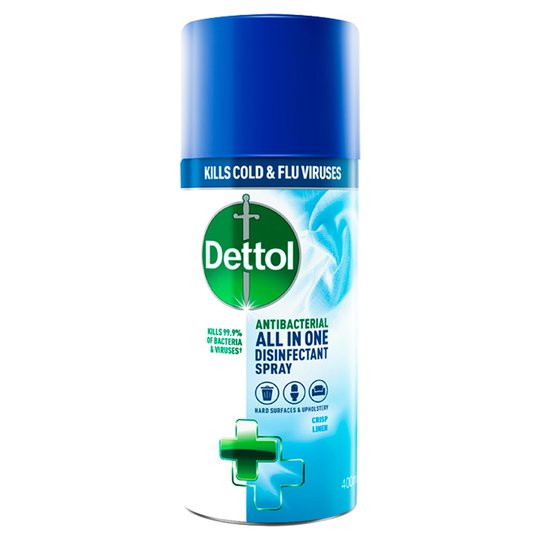Toxic Products – Hand Sanitisers and Disinfectants
Hi welcome back to Health Bunker blog.
In this article I’ll be looking at everyday products we buy that have ingredients in them that are harmful.
These products we buy are sold to us as a beneficial way to ‘KILL’ germs. We use them to clean toilets, wash or wipe down work surfaces, wash our hands, disinfect our yards, and even bath in.
This industry is worth billions of dollars in sales and stock values for the huge global chemical companies also known as ‘Big Chem’.
But are these products safe and if not how are they legal? Do hand sanitisers and disinfectants do what we are told they should do?
We will look into QUATs which stands for ‘Quaternary Ammonium Compounds’(1) what are these ingredients and what health related research has there been done More importantly what is their impact our health and the environment?
These are some of the questions I will be asking, and the answers will or should concern you all.
I will be picking on the household names that we have used and trusted all our lives, brands like.
- Dettol made and owned by Reckitt Benckiser Group plc
- Domestos owned by Unilever
- Purell
Toxic Health
In the dictionary the definition of health means, “the state of being free from illness or injury”.
Today, bad health or the control of health is big business, and the word health has a new meaning.
It now means to be chronically ill.
In my research I have realised no one is free from this fear of ill health, people who think they’re fit and well realise they are not.
But over the past few months if not in the years prior to, especially since the end of WW2. The modern western world has been in the grip of a health anxiety. Driven by mass marketing from governments, global pharmaceutical companies, charities, health institutions, and large philanthropic trust funds. Who all tell us they have our best interests at heart?
But do they? Never in human history, have humans required the number of drugs just to get through the day that we need now.
For pain, depression, heart problems, or diabetes, and many more. We are apparently at the apex of health care, yet we are unhealthy now more than we have ever been.
One of the things we have been scared out of our wits about are infections. As I said over the past few months and even years, we seem to be requiring more and more vaccines to get through life than ever.
This is because we apparently need protection from more and more bacteria & viruses, most of which are not life threatening.
To keep us safe in the meantime we are pummelled with marketing from global chemical companies pushing, hand wipes, disinfectant sprays, bleach, hand sanitisers, and a host of other cleaning products.
These brands that our parents and their parents before them used before us, become ingrained in our brain. That’s my brand because my mum used it.
But what if these brands that are meant to kill 99% of all known bacteria and viruses, do the same to us as well? Legally what does 99.9% actually mean? The answer will shock you all.
Is the solution worse than the perceived problem?
Ingredients
What we’re going to look at now are some active ingredients in chemical cleaning products, I will show the brands, ingredients and the ‘proven‘ harmful effects they cause.
These are not side effects, those words conjure up in our minds that a possible health issue may arise.
Those are marketing words, used in products to soften the possible damaging effects to humans, plants, animals and the environment.
Below are are 2 examples of ingredients used in popular home and industrial chemical cleaning products.
Quats (quaternary ammonium compounds)
If a product advertises that they are ‘antibacterial’ they may contain one of these ingredients.
They use these cleaners in hospitals, schools, works places, and basically everywhere that is being cleaned even the home, with disinfectants. (2)
• Benzalkonium chloride
• Benzethonium chloride
• Alkyl dimethyl benzyl ammonium chlorides (C12-16)
• Alkyl dimethyl benzyl ammonium chloride (C14 60%, C16 30%, C12 5%, C18 5%)
• Alkyl dimethyl ethylbenzyl ammonium chloride (C12-14)
• Alkyl dimethyl ethylbenzyl ammonium chlorides (C12-18)
• Didecyldimethylammonium chloride
• Dioctyldimethylammonium chloride
Non-Ionic Surfactants
Non-ionic surfactants contain no charge. They are commonly found in laundry and dishwasher detergents.
Isopropyl Alcohol
This ingredient is made from crude oil and is made from a few components, one of which is propene a by-product from the petrochemical oil refining industry.
In a study and CDC press release in 1989 propene was found to be a carcinogen.

Brands
Brands under the spotlight, Dettol and Cillit Bang
They are owned by the massive Reckitt Benckiser Group plc, which is based in Slough, and manufactures many global brands.
It is a producer of health, hygiene, and home products. Reckitt Benckiser Group plc are listed on the stock market and have a market cap (value) of £45bn with annual sales exceeding £12.85bn (2019).
Their trusted brands include: Air Wick, Clearasil, Dettol, Gaviscon, Harpic, Finish, Calgon, Cillit Bang, Nurofen, and many more household names.
I could run a full series of blogs just on the destruction these products cause to health.
Maybe I will. Source www.rb.com (4)
‘Invented in 1933, Dettol was used by doctors in hospitals to disinfect before delivering babies. Within four years the morbidity rate from sepsis during birth reduced by 50%. As a result, it became trusted and endorsed by doctors’
According to the website Dettol is used 2 billion times a day in 124 countries. We’ve all used Dettol, my mum used to put it in the bath when I was a kid. OOPS!
Dettol Surface Wipes
But what are its ingredients, we’re today looking at Dettol antibacterial surface wipes. (5) They currently have 23 different products in the range of surface wipes.
Ingredients include, 100 g of product contains 0.37g Benzalkonium Chloride, Disinfectant, Perfume
Cillit Bang
Their motto is ‘Get trigger happy with this seriously powerful Cillit Bang Limescale and Grime. Obliterate limescale, soap-scum, rust and dirt in seconds!’
Ingredients, contains <5% non-ionic surfactant, Perfume, Citronellol (6) (7)
Dettol Wipes – Health Research into Quats (Benzalkonium Chloride)
Quats are registered as pesticides within the EPA, and Benzalkonium Chloride is a QUAT. (8)
Here are some known potential effects of ‘ammonium quaternary compounds’ contained in Disinfectant Liquids, Wipes and other cleaning products.
Quats are powerful irritants that cause skin irritation and dermatitis in research from 2004 (9)
Respiratory issues caused by Quats are numerous. A study of farmers in 1995 showed that they had higher rates of chronic respiratory condition and decreased lung functions, due to amounts of disinfectants they used. (11)
Asthma is also a concern that studies have shown Quats to be a factor. (12) Quats are also linked to an increase in allergies.
But one of the more worrying studies are the finding from a study in 2016. This showed that Quats caused issues in reproduction. Lower sperm counts in males, disrupted ovulation in females, and neural tube defects in mice exposed to Quats. (13)
Cillit Bang – Health Research into Non-Ionic Surfactants
Here’s a list of non-ionic surfactants – Cocamide monoethanolamine (Cocamide MEA), Cocamide diethanolamine (Cocamide DEA), Fatty alcohol ethoxylate, Amine oxides, Sulfoxides
Cocamide MEA and DEA a mixture of ethanolamines of fatty acids derived from coconut oil. MEA vapor, is highly toxic. Although DEA is readily converted to form N-nitrosodiethanolamine, which is a known animal carcinogen. (15)
Fatty alcohol ethoxylate or Alcohol ethoxylates are not observed to be mutagenic, carcinogenic, or skin sensitizers, nor cause reproductive or developmental effects.
However, one by product of ethoxylation is 1,4-dioxane, a possible human carcinogen. Undiluted AEs can cause dermal or eye irritation. (16)
Below are safety data sheets for Benzalkonium Chloride (14)


Purell Hand Sanitiser owned by Gojo Industries.
Purell (pure hell) has about 25% of the US hand sanitiser market making $370m a year in sales and has a market cap of $1bn.
Product: PURELL® Advanced Hygienic Hand Rub, NXT® 1000ml Refill, this is the hand sanitiser brand you see in public areas.
Here are the ingredients,
Ethyl Alcohol 700mL/L, Aqua, Isopropyl Alcohol, Caprylyl Glycol, Glycerin, Isopropyl Myristate, Tocopheryl Acetate, Acrylates/C10-30 Alkyl Acrylate Crosspolymer, Aminomethyl Propanol
There are far too many here to go into detail so I will pick on two, Isopropyl Alcohol and
Isopropyl Alcohol
This ingredient is derived from crude oil and is made from a few components, one of which is propene a by-product from the petrochemical oil refining industry.
After you read the studies in the links underneath you will see why I do not use these hand sanitisers, ever.
In a study and press release in 1989 propene was found to be a carcinogen. (3) (17) (18)
C10-30 Alkyl Acrylate Crosspolymer
Like it or not this product is liquid plastic that you are rubbing into your hands and making your kids do the same.
It is used as a thickening agent and for texture improvement in gels and lotions.
Research has shown that although it wasn’t found to cause cancer C10-30 Alkyl Acrylate may increase the risk of developing cancer. Isn’t that the same thing?
As I keep saying I do get a little twitchy when words like ‘may increase risk’ are used.

Remember every time we use disinfectant it has been sold to us as 99.9% effective, if this is the case why are there more dangerous bacteria and viruses than ever? (if you believe that)
These chemicals are also used in handwipes, sprays, bleach, and hand sanitising products. They are used to stop germs either from killing or making us sick.
Yet their ingredients causes a multitude of sickness, chronic ill heath and probably death?
What the point of having a product that’s 99.9% effective against something that’s only 0.1% chance of getting you anyway?
Washing your hands in toxic hand sanitiser also kills the beneficial bacteria we need for our immune defences and digestion. Remember, I only picked 1 ingredient from each product.
The 99.9% marketing phrase is nonsense too, have a look at these images. (19)
99.9% Legally Means:
‘Product MAY only kill a SMALL handful of different strains or types of germs, sometimes as few as only 3-4 pathogens’ see images below.
Below are the Legal Meanings of what KILLS 99.9% actually means.


References
- https://www.sciencedirect.com/topics/neuroscience/quaternary-ammonium-compounds
- https://www.womensvoices.org/2018/05/08/what-are-quats-and-why-are-they-on-our-list/
- https://www.cdc.gov/niosh/docs/89-111/default.html
- https://www.rb.com/brands/dettol/
- https://www.dettol.co.uk/surface-cleaning/wipes/
- https://www.cillitbang.co.uk/products/bathroom/cillit-bang-power-cleaner-limescale-shine/
- https://www.womensvoices.org/2018/05/08/what-are-quats-and-why-are-they-on-our-list/
- https://www.safehouseholdcleaning.com/anionic-nonionic-surfactants/
- https://www.epa.gov/pesticide-registration/prn-88-2-clustering-quaternary-ammonium-compounds
- https://www.researchgate.net/publication/8521477_Strong_irritants_masquerading_as_skin_allergens_The_case_of_benzalkonium_chloride
- https://edepot.wur.nl/189403
- https://www.cdc.gov/mmwr/preview/mmwrhtml/ss4803a1.htm
- http://europepmc.org/article/med/26582257
- https://www.fishersci.com/store/msds?partNumber=AC263820010&productDescription=BENZALKONIUMCHLORIDE%2C+50+1LT&vendorId=VN00032119&countryCode=US&language=en
- https://journals.sagepub.com/doi/10.1177/109158189901800204
- https://en.wikipedia.org/wiki/Ethoxylation
- http://www.inchem.org/documents/iarc/suppl7/isopropalcohol.html
- https://www.sciencedirect.com/topics/pharmacology-toxicology-and-pharmaceutical-science/2-propanol
- https://www.nycoproducts.com/resources/blog/what-does-the-phrase-kills-99-9-of-germs-really-mean/


